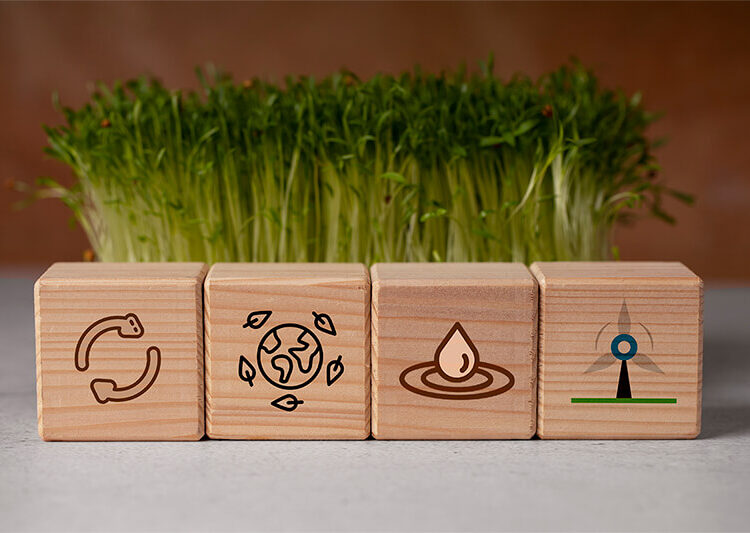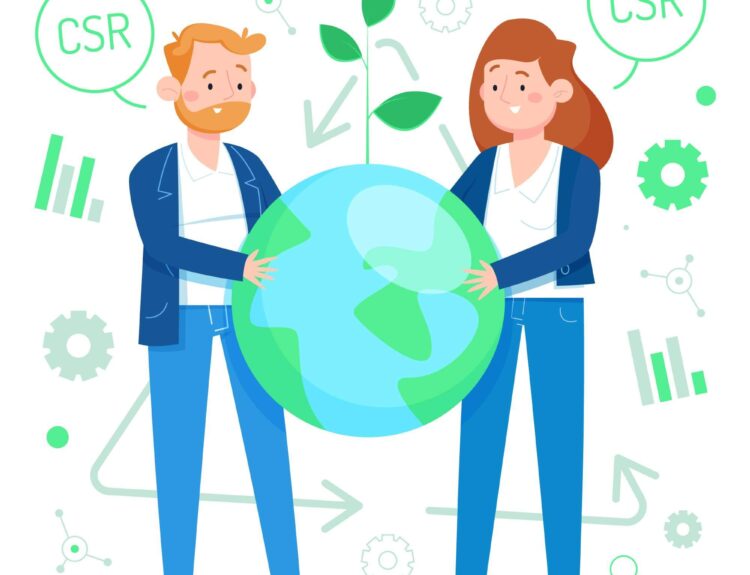Definition and Objectives of SDGs
The Sustainable Development Goals (SDGs) are a set of 17 global goals adopted by the United Nations (UN) in 2015, with a target to be achieved by 2030. These goals are designed to end poverty, protect the planet, and ensure that all people enjoy peace and prosperity. The SDGs build on the successes and shortcomings of the earlier UN Millennium Development Goals (MDGs) but are much broader in scope and ambition.
History and Importance of SDGs
The foundations of the SDGs were laid with the adoption of the Millennium Development Goals (MDGs) by the UN in 2000, which aimed to be achieved by 2015. Building on the successes and learning from the gaps of the MDGs, the SDGs were designed to be more comprehensive and detailed. They encompass a wide range of objectives, from ending poverty to achieving gender equality, tackling climate change to promoting sustainable economic growth.
The 17 Goals of SDGs
1. No Poverty (Goal 1)
End poverty in all its forms everywhere. This goal aims to reduce the number of people living on less than $1.25 a day, develop social protection systems, and build resilient infrastructures against poverty.
2. Zero Hunger (Goal 2)
End hunger, achieve food security and improved nutrition, and promote sustainable agriculture. This goal includes ending hunger and malnutrition by 2030, supporting small-scale food producers, and encouraging climate-resilient agricultural practices.
3. Good Health and Well-being (Goal 3)
Ensure healthy lives and promote well-being for all at all ages. Targets include improving maternal and child health, controlling communicable diseases, supporting mental health, and increasing access to universal health care.
4. Quality Education (Goal 4)
Ensure inclusive and equitable quality education and promote lifelong learning opportunities for all. This goal aims for all children to complete free, equitable, and quality primary and secondary education, support technical and vocational education, and increase literacy rates.
5. Gender Equality (Goal 5)
Achieve gender equality and empower all women and girls. This goal focuses on ending all forms of discrimination against women and girls, ensuring sexual and reproductive health rights, and increasing women’s economic and political participation.
6. Clean Water and Sanitation (Goal 6)
Ensure availability and sustainable management of water and sanitation for all. This goal aims to provide safe and affordable drinking water for all, improve water quality, and protect water resources.
7. Affordable and Clean Energy (Goal 7)
Ensure access to affordable, reliable, sustainable, and modern energy for all. This goal focuses on increasing the use of renewable energy sources, improving energy efficiency, and ensuring universal access to modern energy services.
8. Decent Work and Economic Growth (Goal 8)
Promote sustained, inclusive, and sustainable economic growth, full and productive employment, and decent work for all. This goal aims to increase economic productivity, reduce youth unemployment, and ensure safe working environments.
9. Industry, Innovation, and Infrastructure (Goal 9)
Build resilient infrastructure, promote inclusive and sustainable industrialization, and foster innovation. This goal focuses on developing infrastructures that support economic development, promoting sustainable and innovative industrialization, and supporting global research and development activities.
10. Reduced Inequality (Goal 10)
Reduce inequality within and among countries. This goal aims to address income inequality, reduce social and economic disparities, and provide equal opportunities for all.
11. Sustainable Cities and Communities (Goal 11)
Make cities and human settlements inclusive, safe, resilient, and sustainable. This goal focuses on improving the quality of life in cities, promoting sustainable urban development, and building resilient infrastructures against natural disasters.
12. Responsible Consumption and Production (Goal 12)
Ensure sustainable consumption and production patterns. This goal aims to optimize resource use, reduce waste production, and promote sustainable business models.
13. Climate Action (Goal 13)
Take urgent action to combat climate change and its impacts. This goal focuses on increasing the capacity to adapt to climate change, promoting low-carbon development strategies, and raising awareness about climate-related issues.
14. Life Below Water (Goal 14)
Conserve and sustainably use the oceans, seas, and marine resources. This goal includes protecting marine ecosystems, reducing marine pollution, and promoting sustainable fishing practices.
15. Life on Land (Goal 15)
Protect, restore, and promote the sustainable use of terrestrial ecosystems, manage forests sustainably, combat desertification, halt and reverse land degradation, and halt biodiversity loss. This goal aims to preserve biodiversity, sustainably manage forests, and restore degraded lands and soils.
16. Peace, Justice, and Strong Institutions (Goal 16)
Promote peaceful and inclusive societies for sustainable development, provide access to justice for all, and build effective, accountable, and inclusive institutions at all levels. This goal includes promoting the rule of law, reducing violence, and combating all forms of discrimination.
17. Partnerships for the Goals (Goal 17)
Strengthen the means of implementation and revitalize the global partnership for sustainable development. This goal focuses on increasing financial resources, supporting technology transfer, and enhancing international cooperation.
Approaches of European Countries to SDGs
General Overview
European countries are at the forefront of implementing and monitoring the SDGs. The European Union (EU) has developed comprehensive policies and strategies to achieve the SDGs. The EU has placed its commitment to sustainable development at the center of its internal and external policy agendas.
European Union and SDGs
The EU plays a leading role in supporting the 2030 Sustainable Development Agenda through initiatives like the European Green Deal, which aims to make Europe the first climate-neutral continent by 2050. Additionally, the EU has developed funds, programs, and policies to support member states in achieving the SDGs.
Germany
Germany has set ambitious targets for achieving the SDGs. The country has made significant progress in transitioning to renewable energy through its Energiewende policy. Additionally, Germany has implemented comprehensive strategies for social equality and economic growth.
France
France demonstrates strong commitment to environmental sustainability and social welfare. The French Climate Law aims to reduce greenhouse gas emissions and increase renewable energy sources. Moreover, France has taken significant steps towards gender equality and educational equity.
Sweden
Sweden is a world leader in sustainable development and environmental protection. The country’s waste management and recycling systems, energy efficiency, and use of renewable energy are exemplary. Additionally, Sweden plays a pioneering role in gender equality and human rights.
Netherlands
The Netherlands has developed innovative solutions for water management and combating climate change. The country applies advanced water management systems to deal with rising sea levels and floods. Moreover, the Netherlands has made significant progress in sustainable agriculture and food production.
Achievements and Challenges in Europe
Success Stories
Many European countries have achieved significant success regarding the SDGs. For instance, Sweden, Finland, and Denmark are world leaders in the use of renewable energy. Additionally, Europe generally has high indicators of education, health, and social welfare.
Challenges and Solutions
Despite many successes, Europe faces some challenges, including climate change, inequalities, and social cohesion issues. Overcoming these challenges requires innovative policies, international cooperation, and increased local participation.
The Future of SDGs and Recommendations
SDGs are critical to achieving sustainable development and prosperity globally. European countries play a leading role in achieving the SDGs and set global examples. In the future, greater international cooperation, innovative solutions, and increased local participation will be essential to successfully achieving the SDGs. In this process, the joint efforts of governments, the private sector, civil society, and individuals are crucial.






